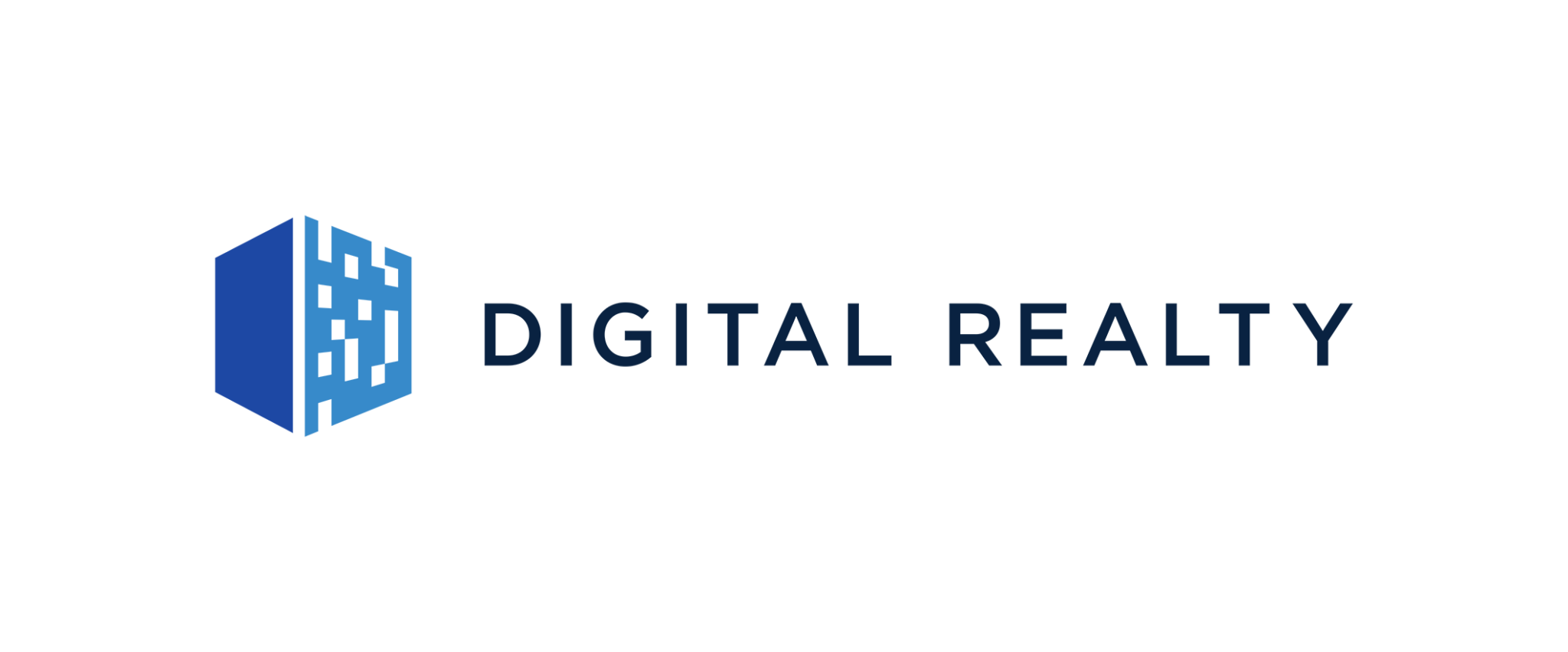We can finally say it – 2020 is over. It was a year defined by a pandemic and how it changed the way we live and conduct business. Yet, you probably feel like it’s still hanging around despite what it says on your calendar.
It’s because several of the accelerated changes that took place in 2020 are here to stay, including how:
- It altered the way people work, shop and live.
- It changed the way customers demand value.
- It forced companies to adapt quickly or lose business.
We saw the 2019 (or older) way of doing things turn into the 2021 (or later) way in a matter of days. McKinsey actually said by May of 2020 we had, “vaulted five years forward in consumer and business digital adoption in a matter of around eight weeks.”
The implications are on a regional and global scale. Here’s Part 1 of what it all could mean for your business in 2021.
The Digital Workplace and Digital Transformation Endure in 2021
It’s a new year, but the pandemic is still here, and the demands of digital transformation continue to grow. In fact, 80% of organizations indicate digital played an important role in getting through the economic slowdown, and while many hope the pandemic goes away in 2021, the digital workplace isn’t going anywhere.
Organizations lacking digital maturity find themselves struggling to keep pace with competitors, and those unable to find their digital footing may be unable to survive.
Over two-thirds of organizations with over 25% organic revenue growth in the last three years say they invested more in digital-related capital expenditures than their peers.
Organizations planning to address digital transformation over the next few years were forced to take immediate action.
Even before the life-changing pandemic, McKinsey found that the percent of products or services partially or fully digitized went from 35% in December 2019 to 55% in July 2020.
In 2021, Gartner sees the Internet of Behavior consisting of people centricity (people work/interact with a business), location independence (the shift of ecosystems) and resilient delivery (process adaptability).
That last component is critical. If the pandemic taught organizations anything – it’s the serious risks involved in a lack of agility or adaptability. In their 2021 strategic tech trends, Gartner called “disruption” the hallmark of 2020 and noted that organizations prepared to “pivot and adapt” can weather any kind of disruption. Some of their suggestions include a public/private distributed cloud, anywhere customer support, AI-driven business automation and flexible cybersecurity controls.
As a global multi-tenant data center platform provider, we bring together connected communities to help customers adapt. As 2020 drew to a close, we announced a partnership with AWS outposts to provide a comprehensive hybrid IT model that addresses challenges associated with IT deployment, data localization, AI development, exchange optimization and Data Gravity on our global platform, PlatformDIGITAL®.
It Will Be Banner Year For Data Gravity
If 2020 was known for disruption, 2021 could very well be known for Data Gravity. Data Gravity describes the process in which data accumulation attracts additional services and applications to the data in the way gravity attracts objects around a planet. Prior to the COVID-19 crisis, data volumes were growing at exponential rates—and the expedited adoption of digital transformation accelerates data growth. Data Gravity was always a component of digital transformation, but 2020 was a game-changer.
Once the pandemic hit, people stayed home and internet use skyrocketed. Business went remote, and meetings went virtual. Starting in 2016, Gartner pointed out that the amount of new corporate and consumer data being generated every day was literally incalculable. Imagine what it is in 2021. Meanwhile, The Data Gravity Index showed Data Gravity intensity growth across 53 global metros by a compound annual growth rate of 139% globally through 2024. IDG indicates data volumes are growing at an average of 63% per month, and by 2025, over 463 exabytes of data will be created each day. That’s a rapid amplification in the Data Gravity megatrend. As more applications create more data and more data needs to be exchanged with more applications, the gravitational effect of the data increases in volume, velocity, and scale. Again, think about that on a global scale.
Data volumes are growing at an average of 63% per month and will generate over 463 exabytes each day by 2025.
Take the definition of Data Gravity and think about the significant challenges it can create. We’re talking everything from inhibited enterprise workflow performance and impeded customer experience to expanded security risks and increased costs. Don’t forget – these issues are further complicated by regulatory requirements and other artificial constraints.
This is a modern problem with an accelerated paradigm, and current backhaul architectures simply aren’t able to solve for Data Gravity. An inverted data-centric architecture deployed at points of presence in neutral, multi-tenant datacenters is needed in 2021.
To understand the dynamics of Data Gravity across industries and regions, visit the Data Gravity Insights Hub.
You can also learn more about transforming into a hybrid IT infrastructure by building centers of data exchange with AWS Outposts.
You can also follow Digital Realty on LinkedIn to see more trends and insights.
